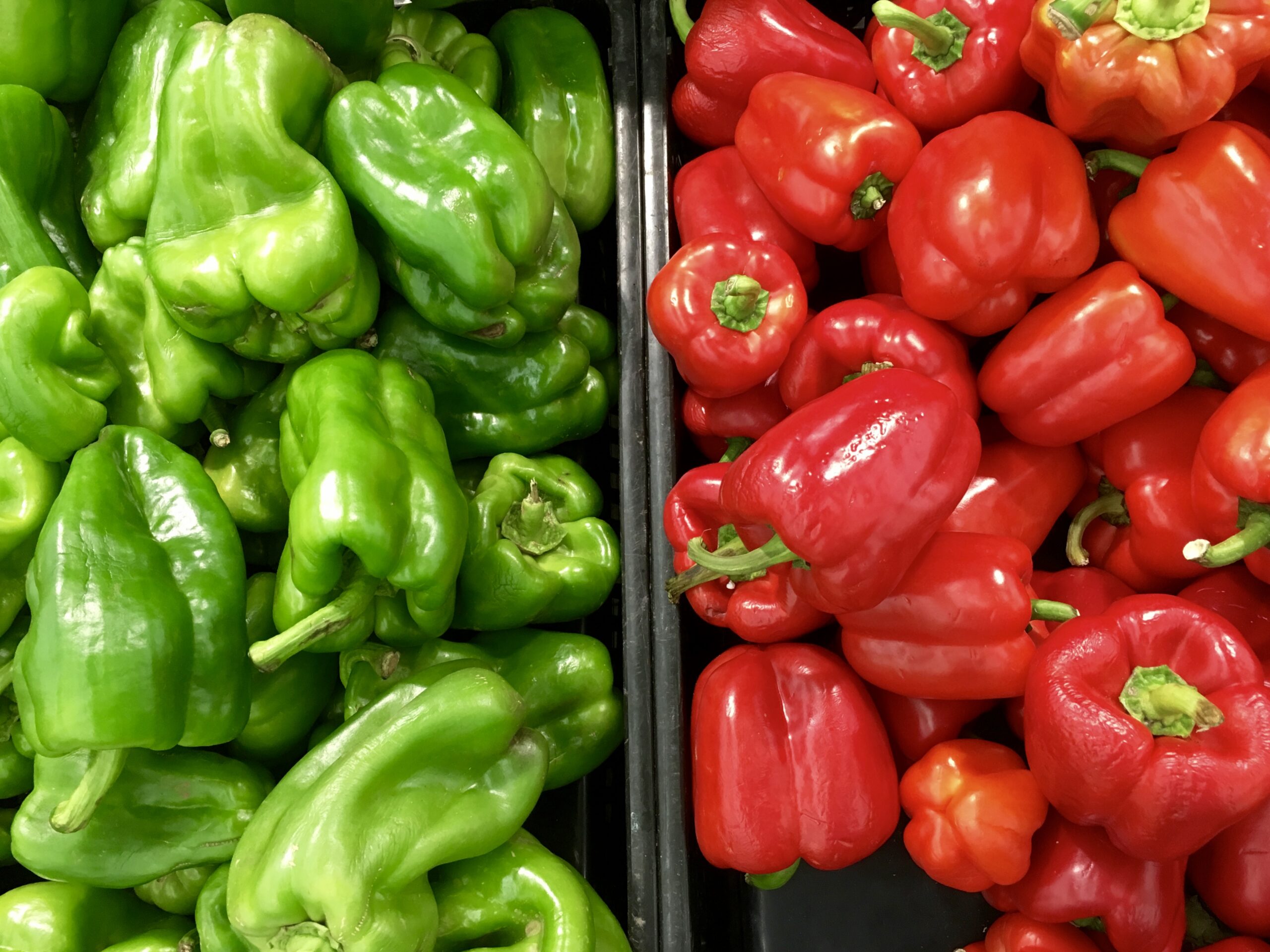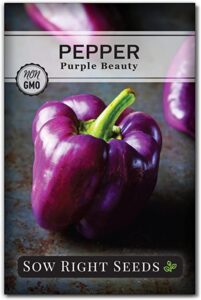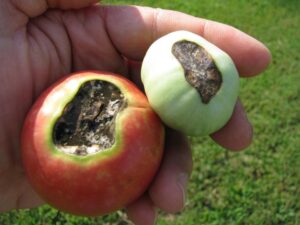Peppers are edible at any stage of development. Case in point, green bell peppers are technically not ripe, yet they are used in many cuisines. A pepper is considered ripe when its seeds are mature. This stage is often accompanied by a change in color that results from the breakdown of chlorophyll. Even though a green pepper may taste good, a mature pepper, one that has changed color, is more nutritious and flavorful.
If you have been growing peppers in your garden for several weeks and find that you are still waiting for them to turn color, you may be wondering what is taking so long. Is there something wrong? Should I wait longer? In this article, we will cover the top three reasons why peppers do not change color and what you can do about it.
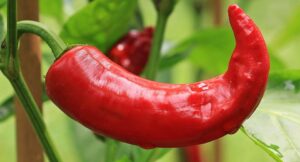
This article contains affiliate links. If you make a purchase using one of these links, I will receive a very small commission at no additional cost to you, and it will help me maintain this website. Rest assured, I only recommend products I actually like!
1. It’s Simply Not Time
Growing peppers requires patience because they are slow to ripen, especially the hotter varieties. Thus, the primary reason a pepper has yet to change color is simply because it is not time. The number of days it takes for a pepper to grow varies, with sweet peppers taking about sixty to ninety days, while hotter varieties can take up to 150 days. Once the pepper reaches the proper size, it can take an additional two weeks before it changes color. Usually, the larger the pepper, the longer it will take for the whole pepper to change color. So, if the seed packet says the variety you are growing will change color as it ripens, be patient, sit back, and wait for the magic to happen.
2. The Pepper’s Green Genes
All peppers, regardless of the variety, start out green. Some, like bell peppers, will eventually exchange their dark green color for vibrant red, yellow, orange, purple, and even “chocolate” (dark brown). But others, like Permagreen and Staysgreen, are genetically programmed to keep their mostly green color, even after they ripen. Some hot peppers also maintain their predominantly green color, like the Green Trinidad Scorpion and the 7 Pot Evergreen Pepper.
If your peppers, whether sweet or spicy, have yet to change color, before you get too concerned, check to see which variety you are growing and whether they are supposed to change color.
One additional note about pepper genes, not all peppers move through a green-to-yellow-to-red color progression. Some varieties, like California Golden Wonder, only go from green to yellow when ripe, while Bell Boy, for example, turns from green to red without turning yellow. Color progression, if there is one, is determined by genetics.
3. Improper Temperature
The temperature may be another reason your peppers are not changing color. Peppers are a warm weather crop that prefers temperatures between 70 and 80 degrees F (21 and 26 C). Temperatures that are any lower than this will hinder the color change. Chances are, this will not be a problem for most of you growing a summer garden, but it may if you are growing a fall garden. To avoid temperatures that are too cool, you will need to plant peppers between 12 and 16 weeks before the first expected frost to ensure the peppers have time to fully ripen and, therefore, change color if it applies.
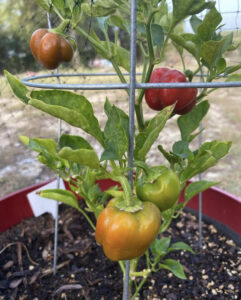
Temperatures that are too hot can not only cause the peppers to be deformed but also slow their development, including its color change.
Peppers taste great regardless of when they are harvested, but if you are growing a variety that changes color as it ripens and you want to experience the fullest flavor and nutrition possible, wait for the color change!
Thank you for reading this article! If you found it helpful, please consider sharing it with others via email and social media!
